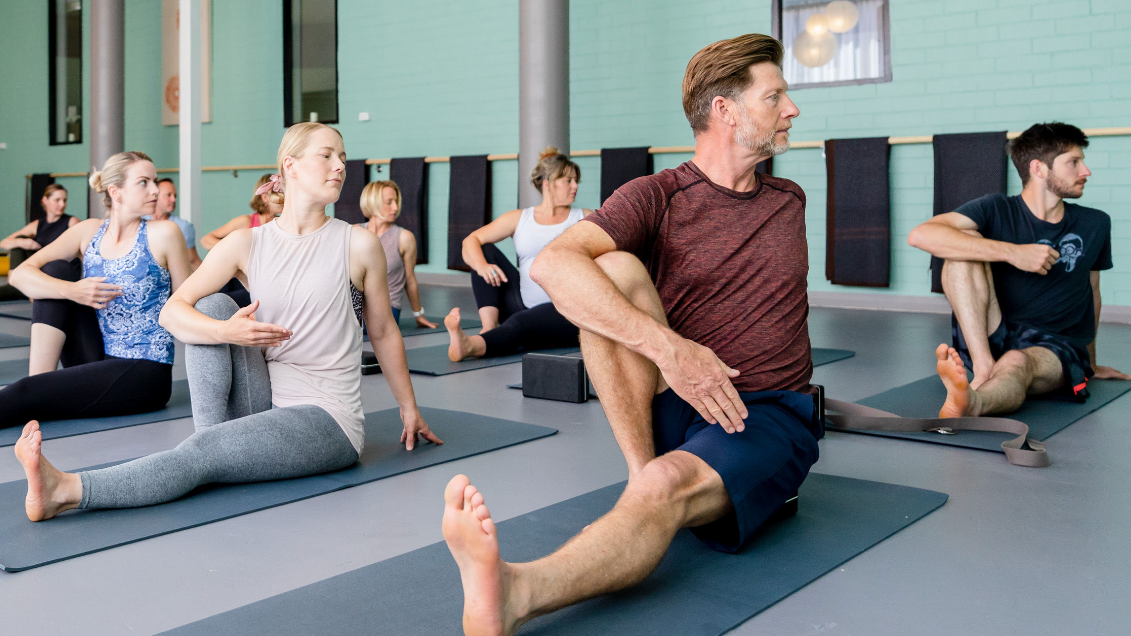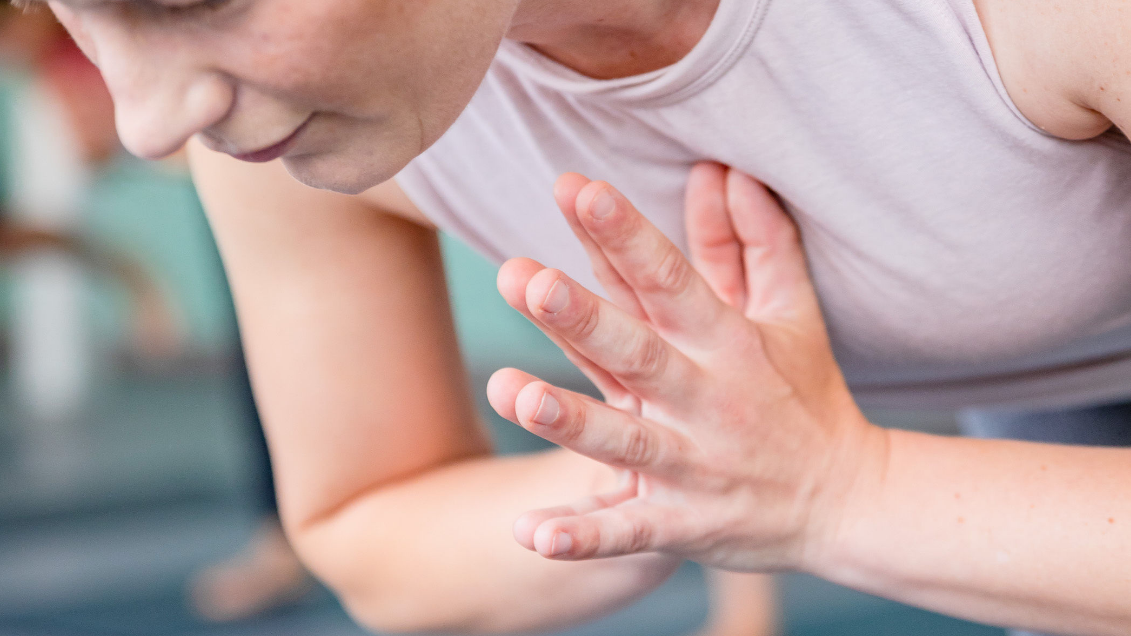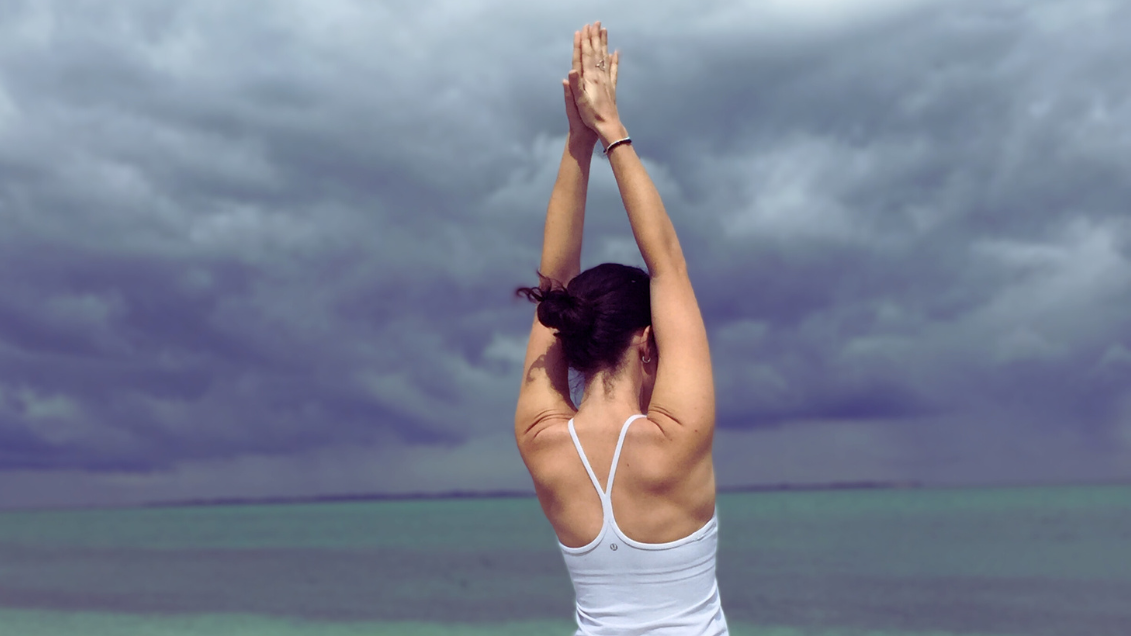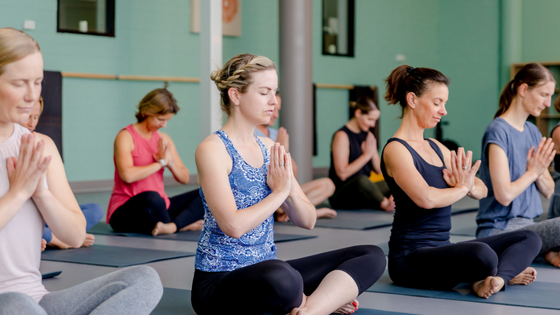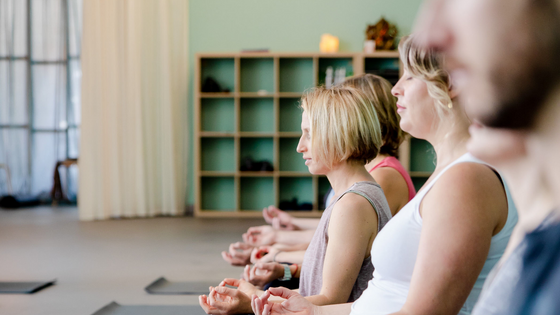Need more balance and less stress?
May 12, 2024
One of the main intentions of practicing yoga is the management of prana – moving and working with life-force energy.
At times in life prana can become unsettled or deficient, and this can feel like loss of enthusiasm and motivation, stress or a feeing of downheartedness.
Staying grounded and stable can be challenging, which is why we’re so fortunate that Hatha Yoga gives us the tools to stay balanced amidst change (both around us and also in other aspects of life) ❤️
A way to work with activating prana is with our balancing asana Virabhadrasana III aka Warrior 3 😊
Warrior 3 is a standing balance posture, a pose that requires focus and considered movements to get into the shape. Grounded and strong, yet light and fluid. Explore different arm variations, use of props and ways to get in and out of this pose to work with ease and comfort in your own body.
Warrior 3 helps to propel easeful and abundant movement of Prana in body and mind, creating balance within and a healthy enthusiasm for life ✨

